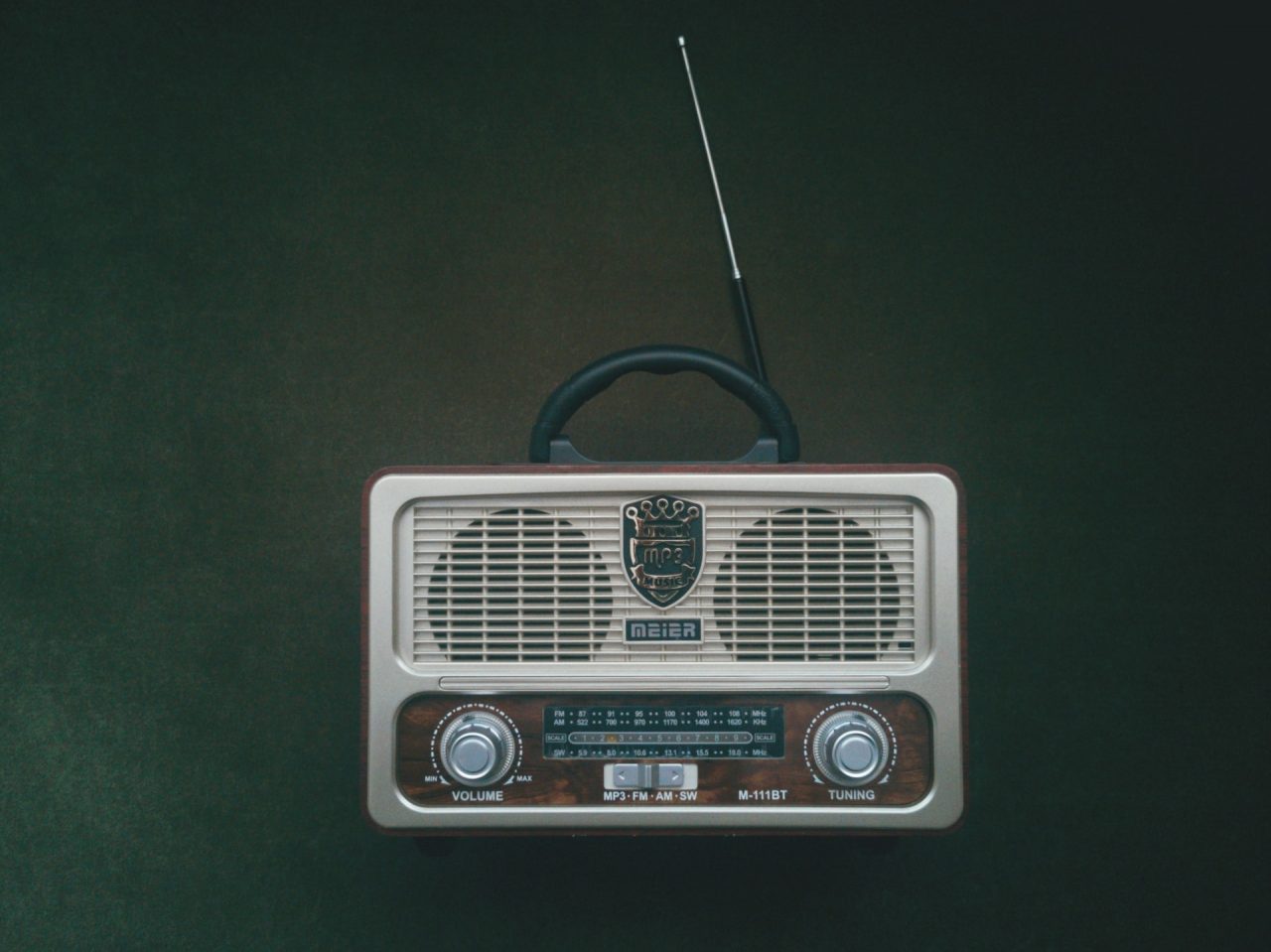I can’t remember the last time I tuned in to an actual radio station. Back in my teenage years, my parents showed me how to record songs from the radio onto a cassette. Then piracy and MP3s swept in, and radio faded from my life.
It wasn’t until I heard a podcast outro — “This is a podcast from detektor.fm” — that I suddenly wondered: What the heck is FM?
That tiny question led me down a rabbit hole into the world of modulation and carrier waves — the century-old tech quietly powering everything from your phone calls to your Wi-Fi.
From sound, to electric signal, and back again
Every voice you hear on a radio — or through a video call — starts the same way: sound waves hitting a microphone.
Microphones are electromechanical transducers: they transform sound into electrical signals.
Dynamic microphones use a small magnet inside a coil attached to a diaphragm. When soundwaves hit, the diaphragm vibrates, and the magnet-and-coil movement generates an electrical signal through magnetic induction.
Condenser microphones use a parallel plate capacitor with a permanent electrical charge. Soundwaves make the diaphragm vibrate, changing the voltage and creating a signal.
Either way, your voice becomes an electrical signal ready for the next step: riding a carrier wave.
The carrier wave: your message’s invisible vehicle
A carrier wave is like a delivery truck for your message. We “modulate” it — change it in some way — so it carries the information:
AM (Amplitude Modulation) changes the wave’s height.
FM (Frequency Modulation) changes the wave’s spacing.

By Berserkerus — Own work, CC BY-SA 2.5
Once modulated, the signal travels to an antenna, becomes a radio wave, and flies invisibly through the air in all directions. Your device’s antenna catches it, turns it back into an electrical signal, demodulates it, and — after a bit of amplification — sends it to your speakers.
A short history, a lasting impact
In the 1890s, when Heinrich Hertz proved radio waves existed, the tech world shifted from wired telegraphy to wireless communication. Since then, carrier waves have evolved — but the principle hasn’t changed.
Even if you never listen to radio, modulation is all around you. Today it’s how:
Your phone makes calls
Your Wi-Fi sends and receives data
Your TV streams content
Your Bluetooth headphones work
In fact, the modem in your home — short for modulator-demodulator — uses carrier waves to encode and decode data so you can browse the web, stream music, or hold a video call halfway across the world.

Pratyeka, CC BY-SA 4.0, via Wikimedia Commons
Why it matters
Without modulation, there’s no Wi-Fi, no phone calls, no live sports streaming — basically, no modern connectivity at all. It’s the invisible infrastructure holding up the digital world.
So next time your Wi-Fi cuts out or your Bluetooth drops, remember: behind that frustration lies a century-old technology quietly doing its job.
Grandpa Radio may be over a hundred years old, but he’s still running the show behind your Netflix binges, Zoom calls, and Spotify playlists.
Thank you, and cheers, Grandpa Radio!
